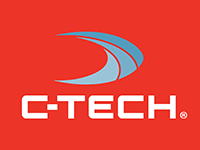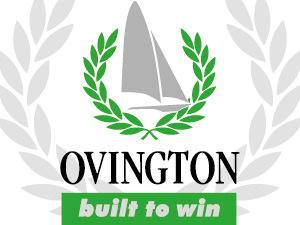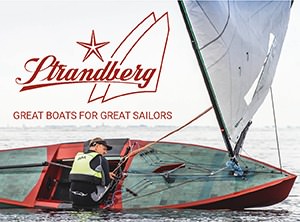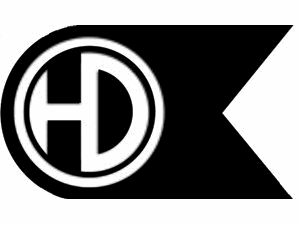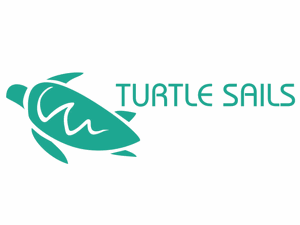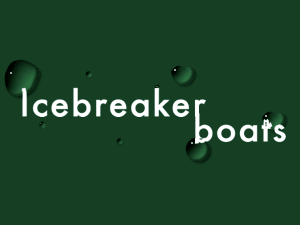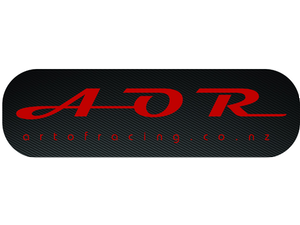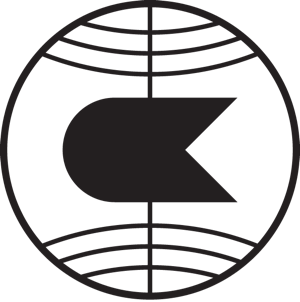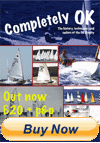You are here: okdia.org > Imprint
Imprint
The OK Dinghy International Association (OKDIA) is an international Association and member of ISAF (International Sailing Federation).
Ipswich, IP3 8jl, UK
Webmaster and Editor:
Peter Scheuerl
Bielefeld,
Germany
e-mail:
If you encounter any problems with this site or for general feedback, feel free to send an e-mail to the webmaster!
Objects of OKDIA:
To maintain the one design character of the International OK Dinghy by collaborating with ISAF and National Authorities in the allotment and issue of Building Fee Receipts, serial sail numbers and measurement certificates, and in the keeping of Class Registers by National OK Class Associations.
To promote international racing in the Class.
To ensure the development of the Class in all countries.
To co-ordinate and manage the affairs and the rules of the Class.
To make recommendations on the control of such matters to ISAF.
To serve the interests of owners in the Class by co-ordinating the activities of the National OK Dinghy Class Associations and by maintaining close co-operation with other National Associations and yachting organisations.
Objects of this Site:
To promote racing in the Class.
To help all sailors obtaining and sharing information related to sailing OK Dinghy.
Privacy:
We use Mamoto and our server logs for website statistics to get information about hardware and software used to access our pages. We do this to make the usage of the pages as easy as possible.
Within Mamoto we use GeoLite data created by and available from MaxMind to get information about the geographic location of our users.
All data we collect is anonymous, the IP address of users get masked by 2 bytes (to e.g. 192.169.xxx.xxx) for statistics, in the server logs of the hosting company the IP addresses also get anonymised. No data gets send to commercial entities like Google.
Apart from these usage statistics logs, there is no other data saved by okdia.org than what is publicly available on this site.
Advertising:
The list of advertisings on the right of each page is mainly to give manufacturers of OK Dinghy hulls and gear a platform to publicize their services. But it is not limited to those.
More information on how to advertise can be found in this document: Media Pack
Copyright:
Material, including the source code, may not be copied, reproduced, republished, downloaded, posted, broadcast or transmitted in any way except for your own personal non-commercial home use. Any other use requires the prior written permission of OKDIA or The Editor. In case permission is granted, the source of the information used should always be mentioned.
Accuracy of information:
All information provided on this web site is provided "as is" with all faults without warranty of any kind, either expressed or implied. Although OKDIA and The Editor has attempted to provide accurate information on the Web Site, OKDIA assumes no responsibility for the accuracy of the information.
OKDIA shall not be liable for any indirect, special, consequential, or incidental damages including, without limitation, lost profits or revenues, costs of replacement goods, loss or damage to data arising out of the use or inability to use this site, damages resulting from use of or reliance on the information present.
External Links:
OKDIA and The Editor/Webmaster are not responsible for content you find on external webpages. External Webpages are all pages not on the okdia.org server.
Some history of the okdia webpages:
Victor Abbeloos from Belgium first build up a private webpage for the OK Dinghy sometimes before 1995, long before even bigger associations or companies considered the web as a place to be.
By the end of 1995 the International Sailing Federation (IYRU at that time) was building up a webpage and asked International Classes to think about their presence in the web, so the OKDIA contacted IYRU only to learn that there is already a site with a lot of information about the OK.
At that time a search for a website was easy, altavista (the ultimate Search engine at that time) had more or less the whole web on their server, and there where not many webpages around anyway.
OKDIA got in contact with Victor and made him the first official webmaster of OKDIA. From then on we always tried to get latest Results on the pages, and as you still see in the results area, that's when complete Results became available to everyone, not just in paper to the competitors.
Since these old days of the web, when pages where gray with black serif-font, the layout of these pages had two major changes. In 1999 Peter Scheuerl became the webmaster and changed the Layout for more colors and some pictures, but still the pages where very basic. You can still see these pages in the "wayback machine"
With the content getting bigger and bigger, it was time for some re-design, but that took more time than expected to change all the pages. In 2002 finally the "Version 2.0" of the okdia.org pages came online, with a navigation on lhe left etc.
Technically it took some advantage of the "Cascading Style Sheets", but as during the conversion, a lot of browsers haven't been able to understand these "new (1998)" standards, there was still a lot of "ugly" programming in them, and actually still is.
By mid 2005, as the last Browser not to understand the standards, but widely spread, is the Internet Explorer from Microsoft, and even Microsoft starts promising a new version of their browser to understand the web-standards (in sailing: complies with the class-rules), more changes are possible.
Version "2.1" was launched in August 2005.
Since then the layout stayed unchanged, but some small changes under the hood made the pages more mobile friendly.
Technical notes:
These pages are designed to display propper on any visual user agent capable to display HTML 4 and CSS 2.1.
The pages should look the designed way on any modern browser with basic understanding of the 1998 standards, however some browsers around, like Internet Explorer 6 lacks these basics.
The whole content of these pages is still available, but some features and design details are not visible on non-standard browsers.
The pages are tested on a range of browsers, on some of these browsers the pages will look "strange" but you will still get all information and all links will work.
To get the most features (and better overall features surfing the Internet) you should use a modern browser like Firefox, Safari, Opera or similar.
We develop these pages to more standard compilance, but there are still some "old hacks" needed to not make them look too horrible on some common browsers.
If you see a "download Firefox" logo under the navigation, the browser you use does not understand the basic rules of how webpages should be programmed and will probably not display all features.
